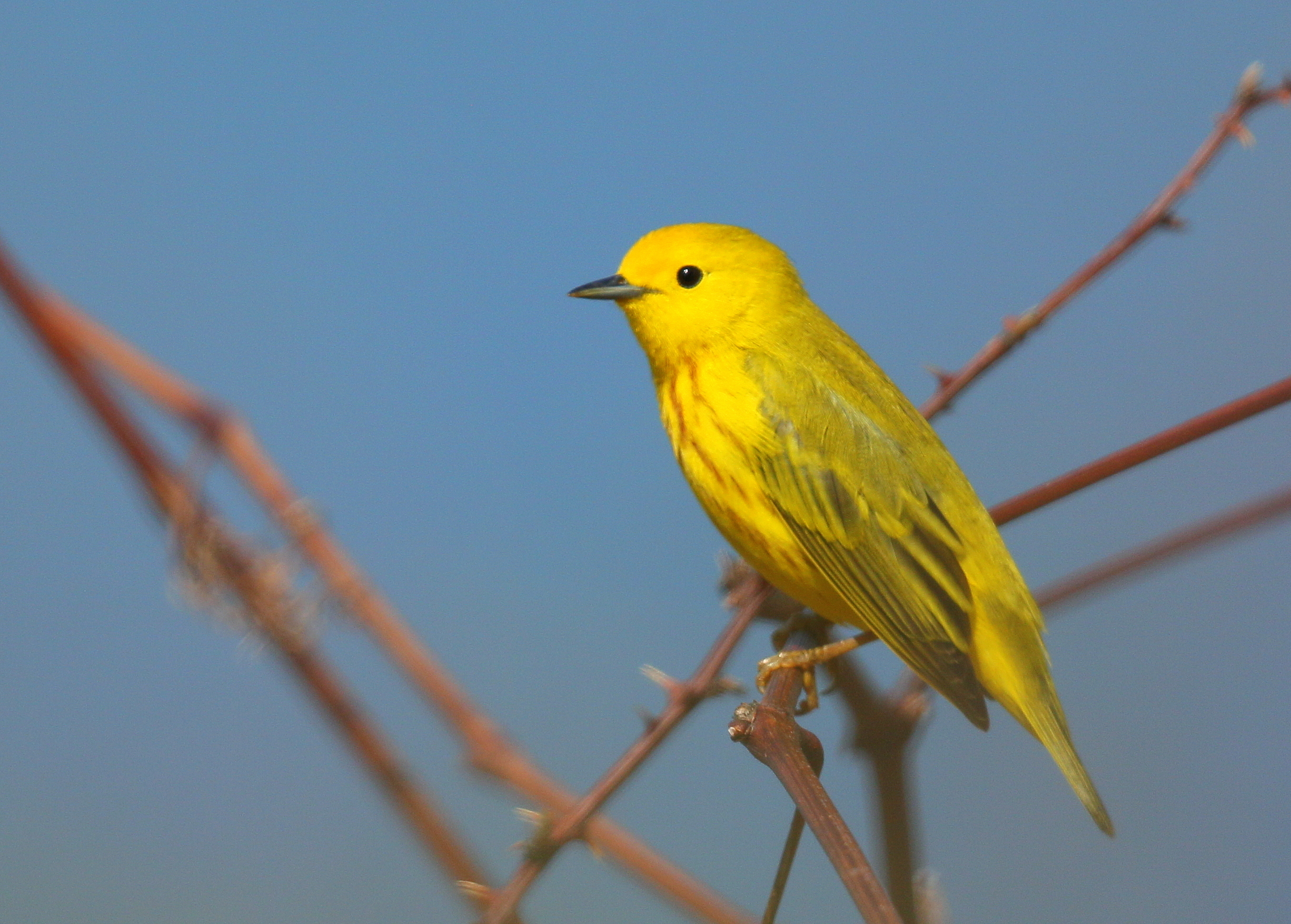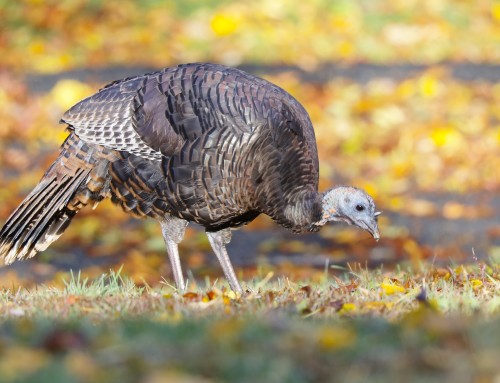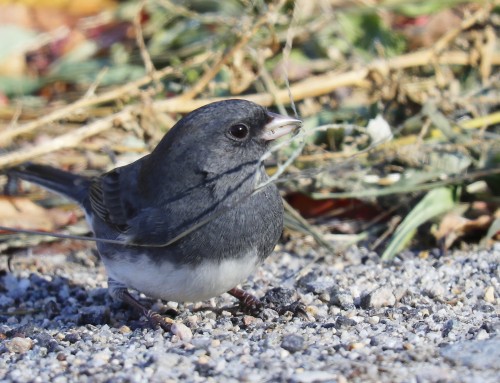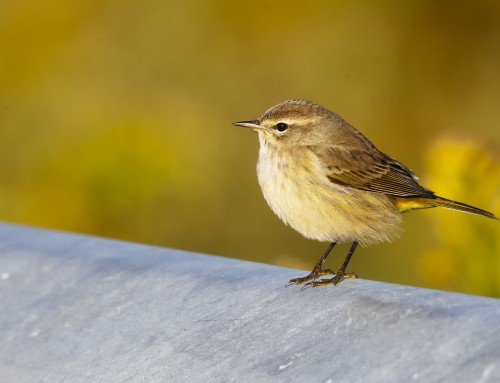May 9, 2025: Yellow Warblers reach Cape Cod in May via the Atlantic Flyway, migrating through the mid-Atlantic and southern New England, guided by warm winds to coastal thickets and shrubby, insect-rich habitats.
The final spring migratory arrival route of a Yellow Warbler (Setophaga petechia) to Falmouth typically follows a northward path through the eastern United States, with specific regional flyways depending on their overwintering origin. These small songbirds spend the winter in Central America, northern South America, and the Caribbean. Their northbound migration to Cape Cod usually peaks in early to mid-May, though some individuals may arrive as early as late April, particularly during warm spring fronts. Their arrival is closely timed with the leaf-out of vegetation and the emergence of insects, which provide essential food resources.
During the final leg of their journey, many Yellow Warblers travel up the Atlantic Flyway, often pausing in mid-Atlantic states like Maryland, Delaware, and New Jersey. From there, they continue through southern New England; including Connecticut and Rhode Island, or follow inland routes such as the Connecticut River Valley, a natural corridor guiding migratory birds north. Some may even approach Cape Cod via offshore routes across Long Island Sound or Buzzards Bay, especially when supported by favorable southwest tailwinds. Upon reaching land, these warblers settle into suitable habitats, particularly coastal thickets, wetlands, and areas of early successional shrubbery rich in insect life.
Weather conditions, especially warm southerly winds, play a critical role in shaping arrival patterns. Yellow Warblers typically migrate overnight and often “drop in” to Cape Cod habitats when they encounter cooler onshore winds or spring rain fronts. In sum, their final approach to Cape Cod is a finely tuned journey influenced by geography, weather, and the seasonal pulse of nature.







Leave A Comment
You must be logged in to post a comment.